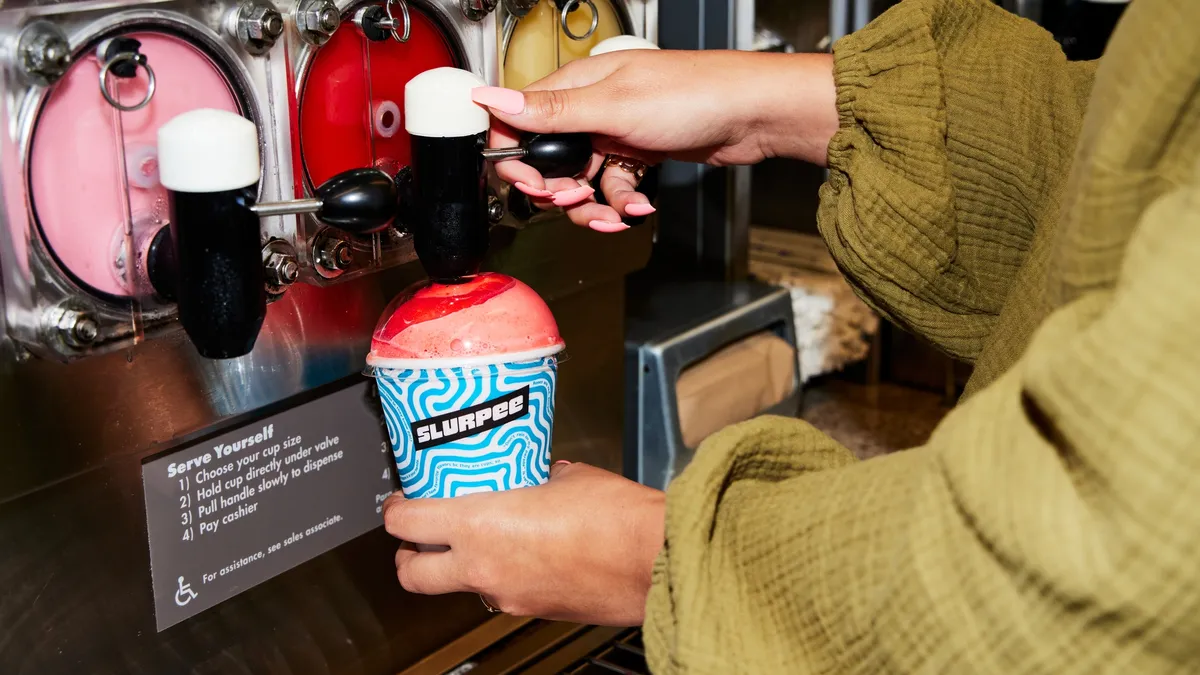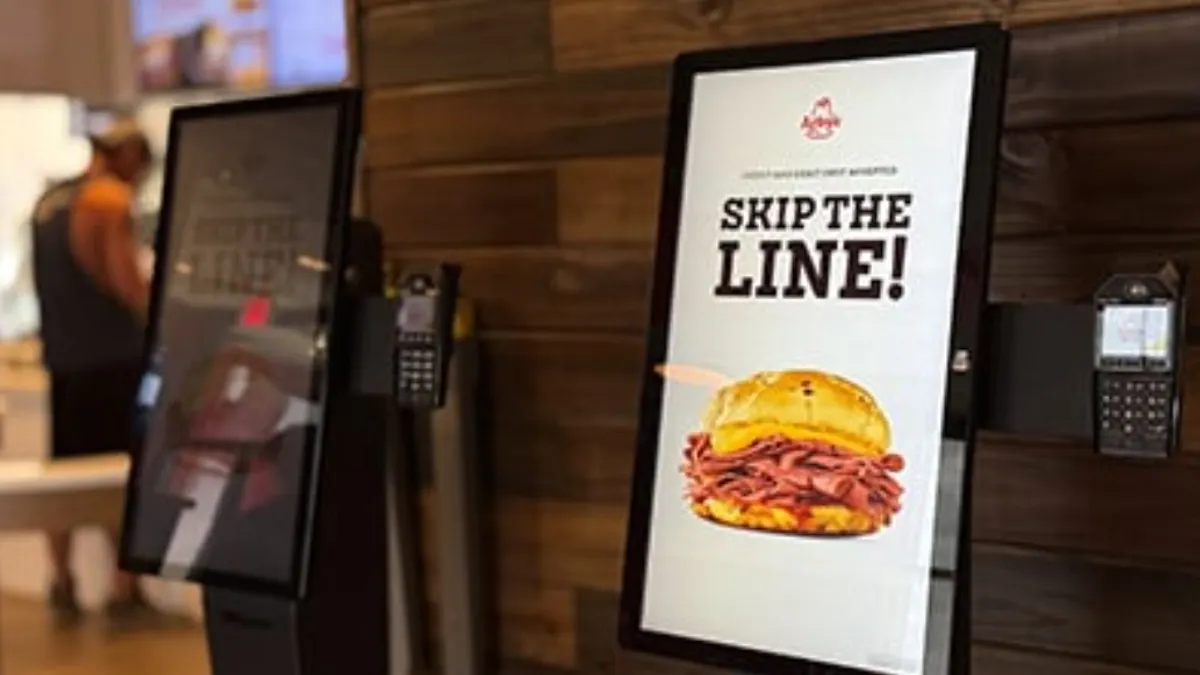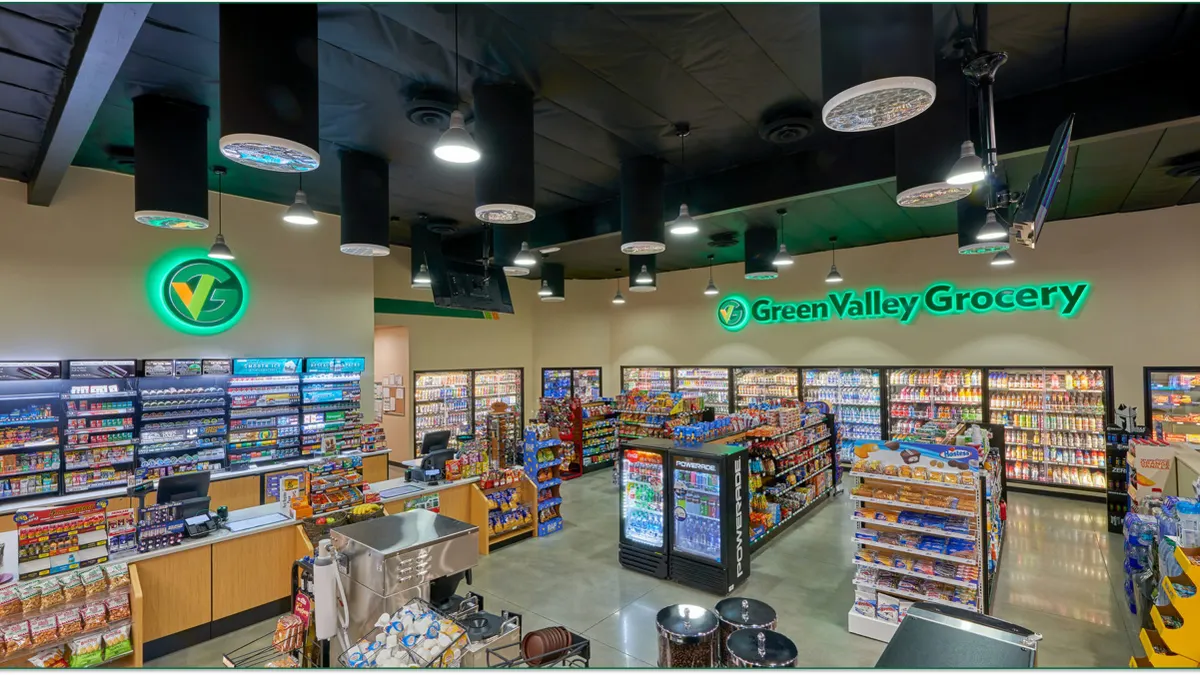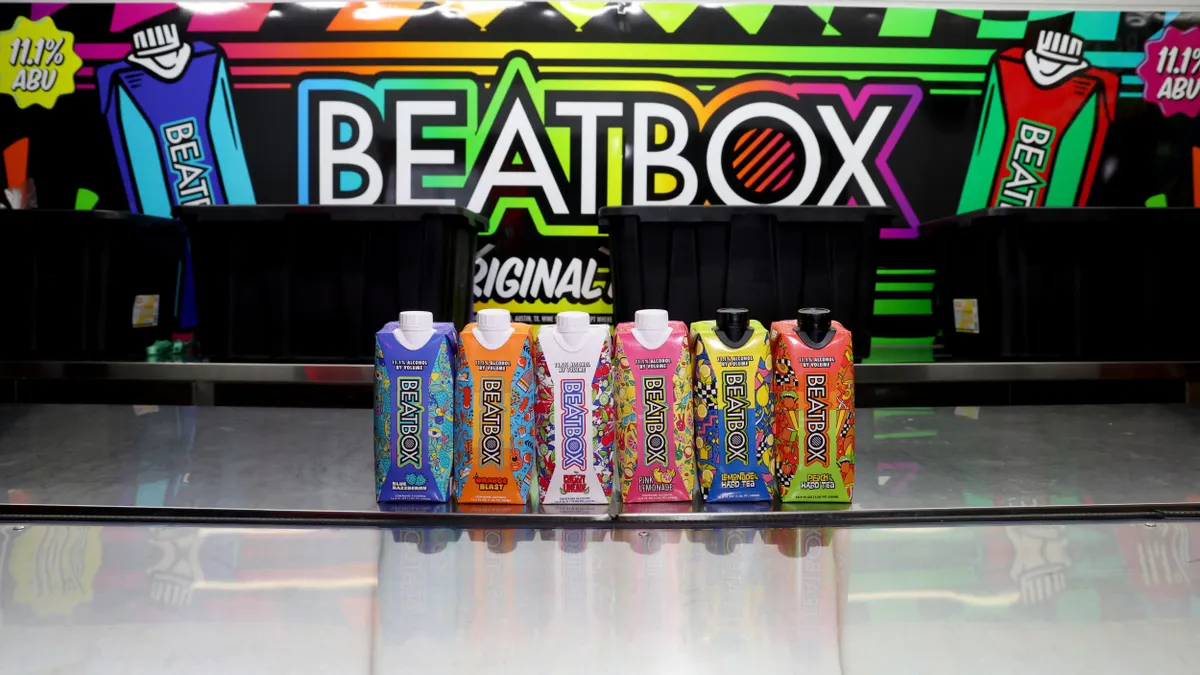C-store operators are closely watching consumer spending trends as inflation comes down, and experts have struck a note of caution for c-store operators as trips and basket sizes remain depressed. But research from investment firm Goldman Sachs offers a mostly optimistic outlook for the industry as it looks ahead to the rest of the year and toward 2024.
While Goldman Sachs’ analysts are overall bullish on the outlook for c-stores’ financial performance in 2023, they are concerned that higher interest rates and economic pressures will continue to impact fuel and in-store spending.
The firms’ analysts recently downgraded their outlook on consumer discretionary spending slightly due to the impact of higher interest rates on consumers. With higher rates, consumers are borrowing less and saving more, which “can be a bad thing as we think about the pace of spending,” said Jason English, lead equity analyst at Goldman Sachs in a recent webinar.
“If you're saving more, that's less money that you're going out and spending on goods or services,” English said.
Goldman Sachs estimates Americans in the top quintile will see a 6% growth in income this year, down from the company’s previous estimate of 7.5%, according to Bonnie Herzog, senior analyst covering the beverage, tobacco and c-store sectors.
Middle income earners are “looking the weakest,” she noted in an email, as Goldman Sachs expects their discretionary cash flow to be most challenged this year — losing 3% — while the lowest-income cohort’s discretionary cash flow will be up 2%.
Additionally, pressure on fuel margins could impact c-stores’ bottom line later this year. “Macro pressures have likely weighed on fuel volumes recently, while the gradual transition to EVs [electric vehicles] could pressure volumes longer term,” Herzog said.
Fuel margins have been very strong over the last year or more, which has helped drive significant EBITDA growth for c-store operators, Herzog acknowledged. “However, we think fuel margins have peaked and should gradually start to normalize at a structural rate slightly lower than where they have been trending recently (albeit much higher than pre-Covid). As a result, EBITDA growth could be pressured,” she added.
This bore out with 7-Eleven, whose parent company reported first-quarter earnings on July 13. Profits for the quarter fell 20%, largely because of fuel margins shrinking.
C-stores are a resilient industry
There are some significant pressures on c-stores this year, but Herzog believes they will still thrive. “Over the last 20, 30 years, or during different macro or periods of times, this industry has remained very resilient, especially when we look at inside sales,” Herzog said, noting that c-stores consistently generate mid-single-digit growth in that area.
Foodservice is important to c-stores, given its “faster and more profitable growth,” Herzog said.
Still, even as resilient as they are, c-stores are seeing some signs of consumers trading down, including buying single-serve and smaller pack sizes of products when they previously bought larger sizes, according to Herzog.
This isn’t all bad news. The trading-down trend has benefited c-store private label sales. Both Casey’s and Couche-Tard reported private label sales increases of around 30% in their most recent quarterly earnings ending in April, according to Herzog.
“C-stores are increasing their private label SKU counts as consumers are looking to limit their cash outlay,” she said.
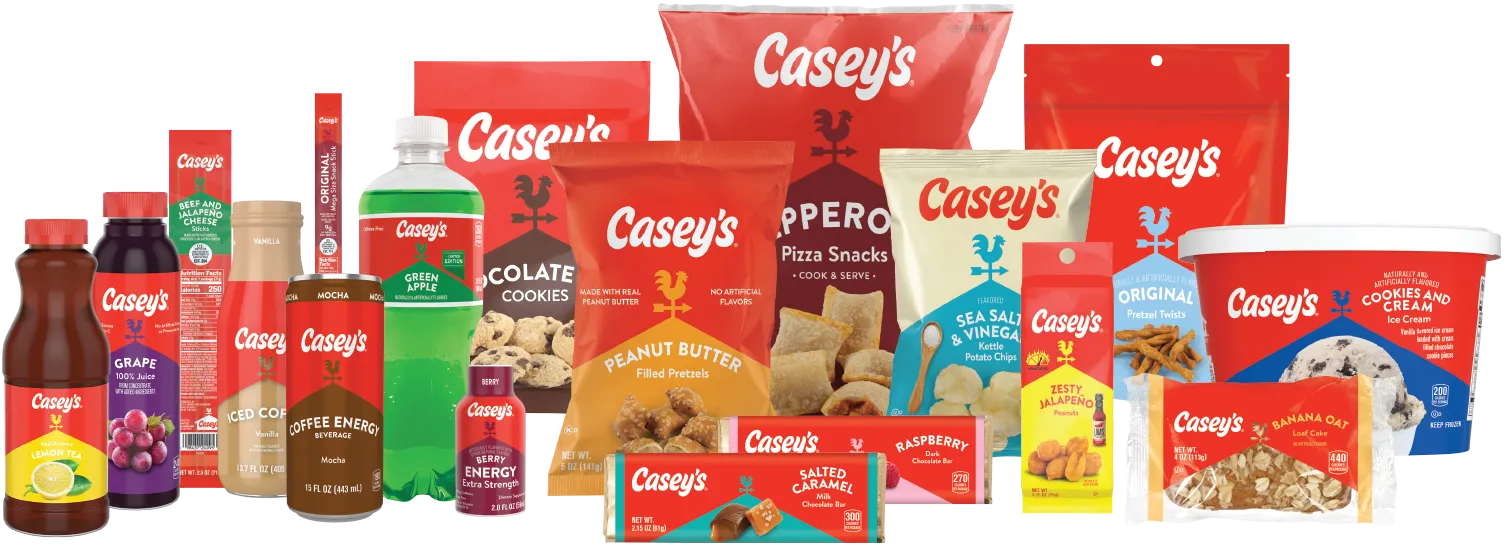
Energy drinks, snacks expected to perform well
Energy drinks and snacks are among the key categories expected to be resilient in the current economy, Goldman Sachs analysts said.
The continued success of energy drinks comes as many other beverage categories have trended downward. Goldman Sachs data showed pricing and volume increases have combined to boost the category by 14% in the past four weeks.
“The one category that does seem to be quite robust is the energy drink category,” Herzog noted in the webinar.
Total nonalcoholic beverage sales across all retailers including c-stores increased 6% for the most recent four weeks ending July 1, but that was driven by “really strong pricing,” Herzog noted, since volumes declined.
Helping to boost beverage sales is the fact that Coca-Cola and Pepsi are “very much playing nicely,” Herzog noted, providing “very rational pricing and a competitive environment,” Herzog said.
There is also a lot of growth in snack foods, according to English, and Goldman Sachs is bullish on Mondelez and Kellogg. The latter is heightening its focus on snacks with Kallanova rebranding announced earlier this year.
How lower inflation will impact consumer spending
As inflation slows and supply chain pressures ease, the cost of goods may actually decline later this year, according to English.
While food-at-home prices increased in June at a 4.7% annual clip, that was down from 5.8% during the month before, according to new Consumer Price Index data. That number was in the double digits coming into the year, English pointed out. And overall inflation declined in June to 3% — the slowest year-over-year rate since March 2021.
“Already this year, inflation for food at home has been cut in half,” English said. “And the most recent data point actually declined month-on-month, which is rare to see,” English said.
For the remainder of the year, Goldman Sachs analysts see cost pressures for retailers subsiding. As a result, “we should exit this year with very little food inflation,” English said.
While food prices have declined somewhat, it is not evenly distributed across categories, said Mark Baum, senior vice president of industry relations and chief collaboration officer for FMI - The Food Industry Association, during a separate media webinar.
Retailers and manufactures have worked very hard to keep the PPI (producer price index) and CPI closer, but processed products that rely on inputs from a number of sources will likely continue to feel the efefcts of inflation, Baum said. Those ingredients are impacted by the war in Ukraine, the cost of fertilizer, the price of fuel, the ongoing labor crisis, and other factors, he noted.
English agreed that some categories are more likely to see price drops than others.
“Produce, and meat, and dairy, and eggs, they go up and they go down and you will see some reprieve for consumers on actual deflation within those categories,” said English. “But from a processed food perspective, we've only gone negative 3 times in 40 years.”



